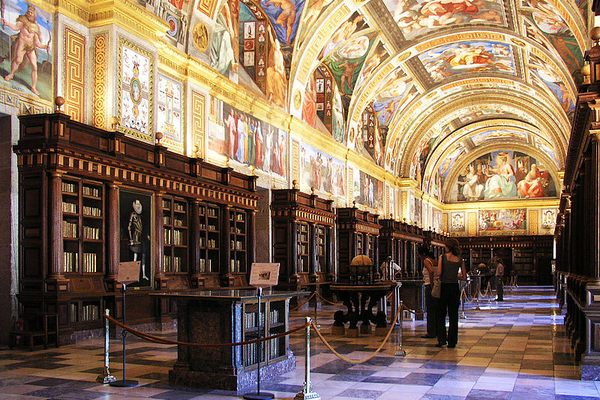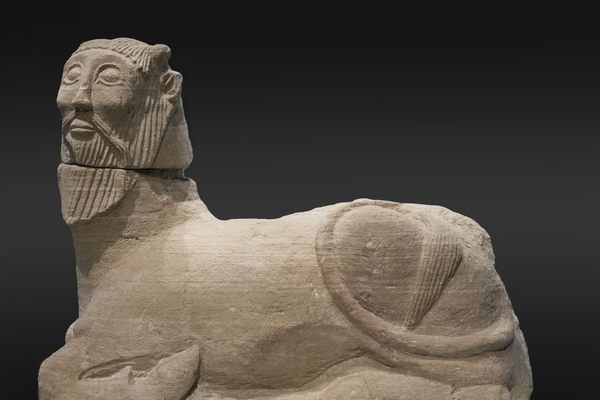Bulls of Guisando
Whether they are bulls or pigs, these ancient animal sculptures are fascinating relics.
Standing stock still in the middle of a Spanish field, the Bulls of Guisando are a quartet of stone quadrupeds that are centuries old, and though their features are not as defined as they once were, these carved creatures are still a sight to behold.
The ancient statues now known as the Bulls of Guisando (or Toros de Guisando in the original Spanish), are thought to have been originally built back in the 2nd century BCE. Their simple, abstract design is said to have been the work of a tribe of Celtiberians, which were literally Celtic peoples who lived on the Iberian Peninsula at the time. Since time has weathered and rounded many of statues’ finer features, it is unclear if they are actually meant to be bulls, or if they are pigs or lambs or some other type of livestock. However holes in the heads of the figures are thought to have been a place for horns to be inserted, so bulls are the generally accepted interpretation.
The statues gained a secondary fame in the 15th century when they became the backdrop to political intrigue. In September of 1468, Henry the IV of Castile signed a treaty with his sister Isabella, granting her certain titles and putting an end to a local civil war. The accord signed on the same grounds as the bulls came to be known as the Treaty of the Bulls of Guisando. With that association, the bulls became both an archeological treasure and a piece of Spanish national history.
Today, the bulls, if that is what they really are, are still standing strong on their hilltop, protected as a historic monument. If you get a chance to check them out, you can decide for yourself whether they are bovine or porcine.






















Follow us on Twitter to get the latest on the world's hidden wonders.
Like us on Facebook to get the latest on the world's hidden wonders.
Follow us on Twitter Like us on Facebook